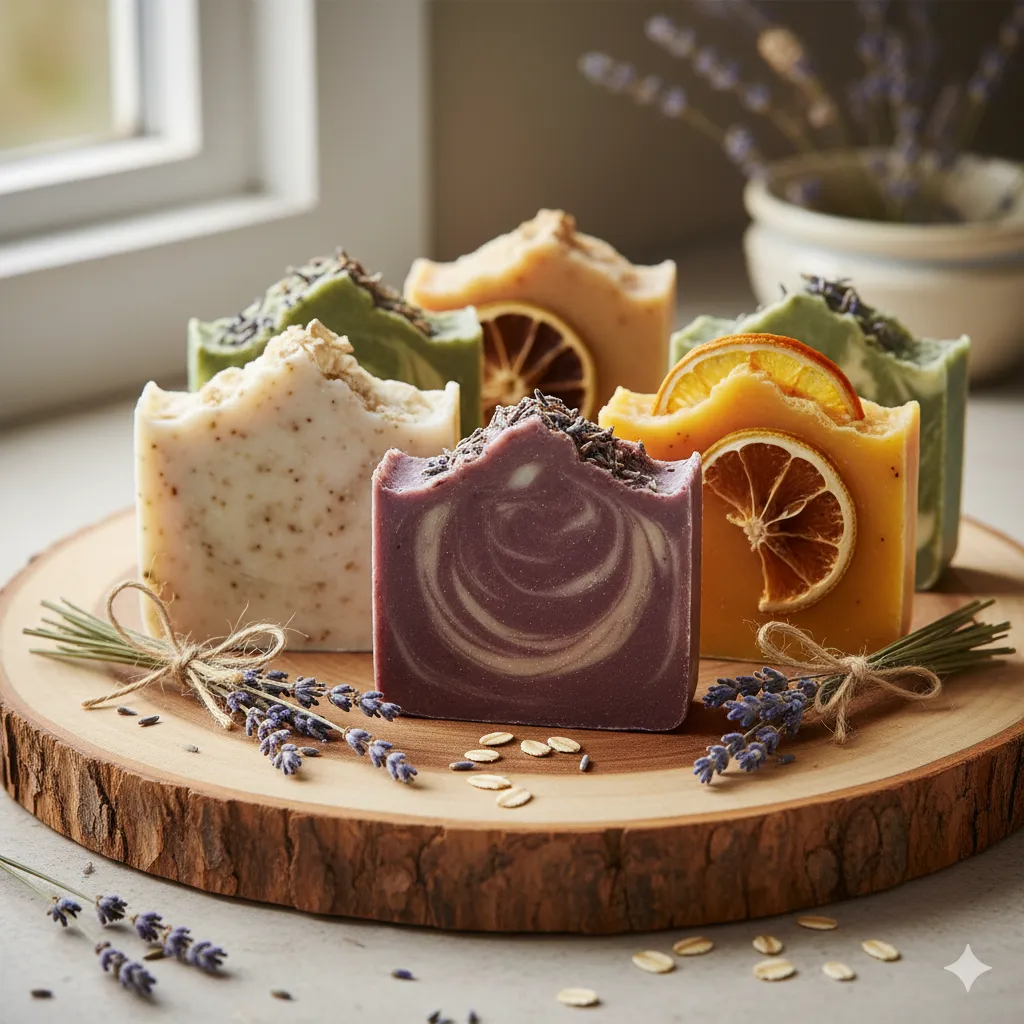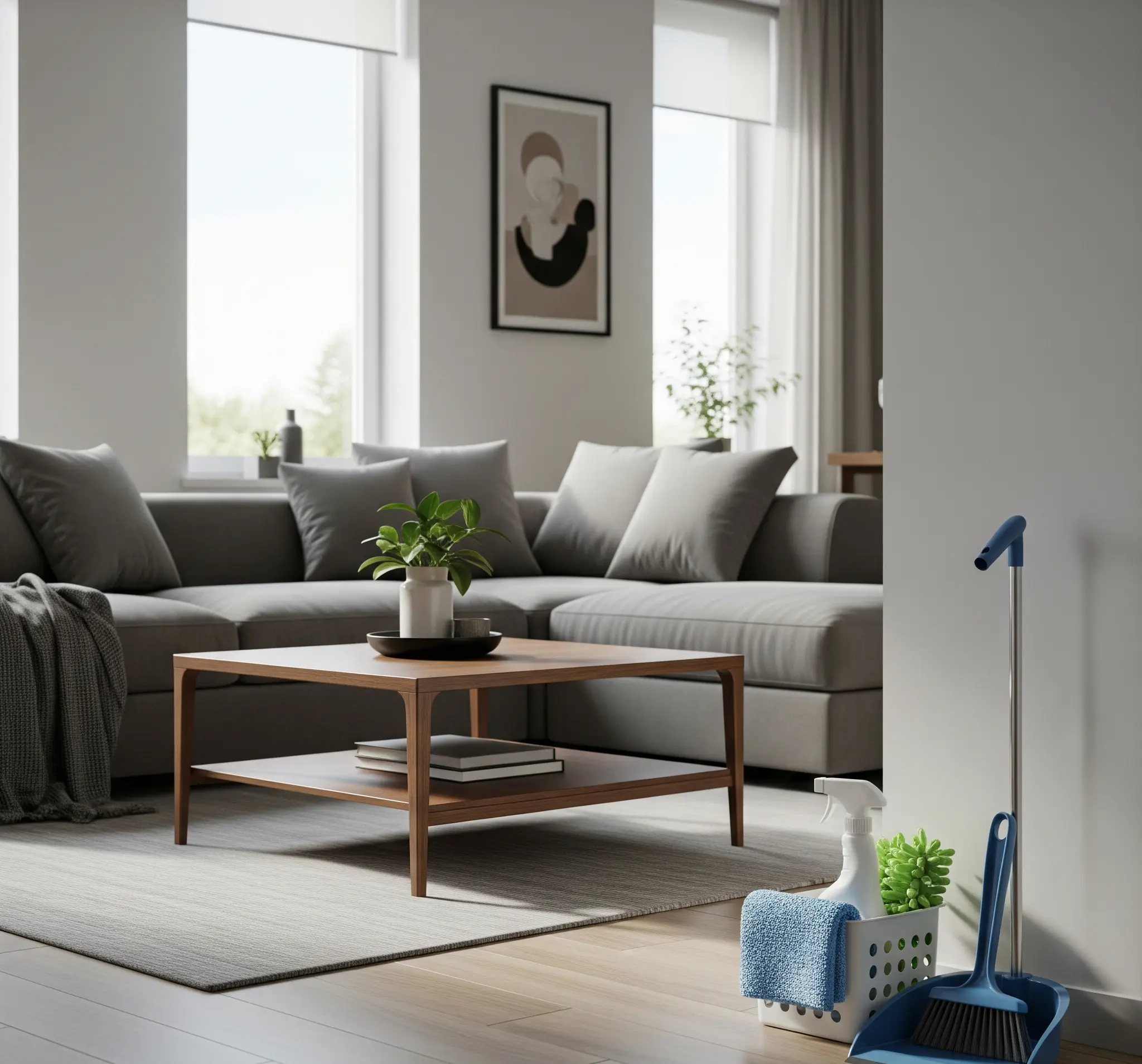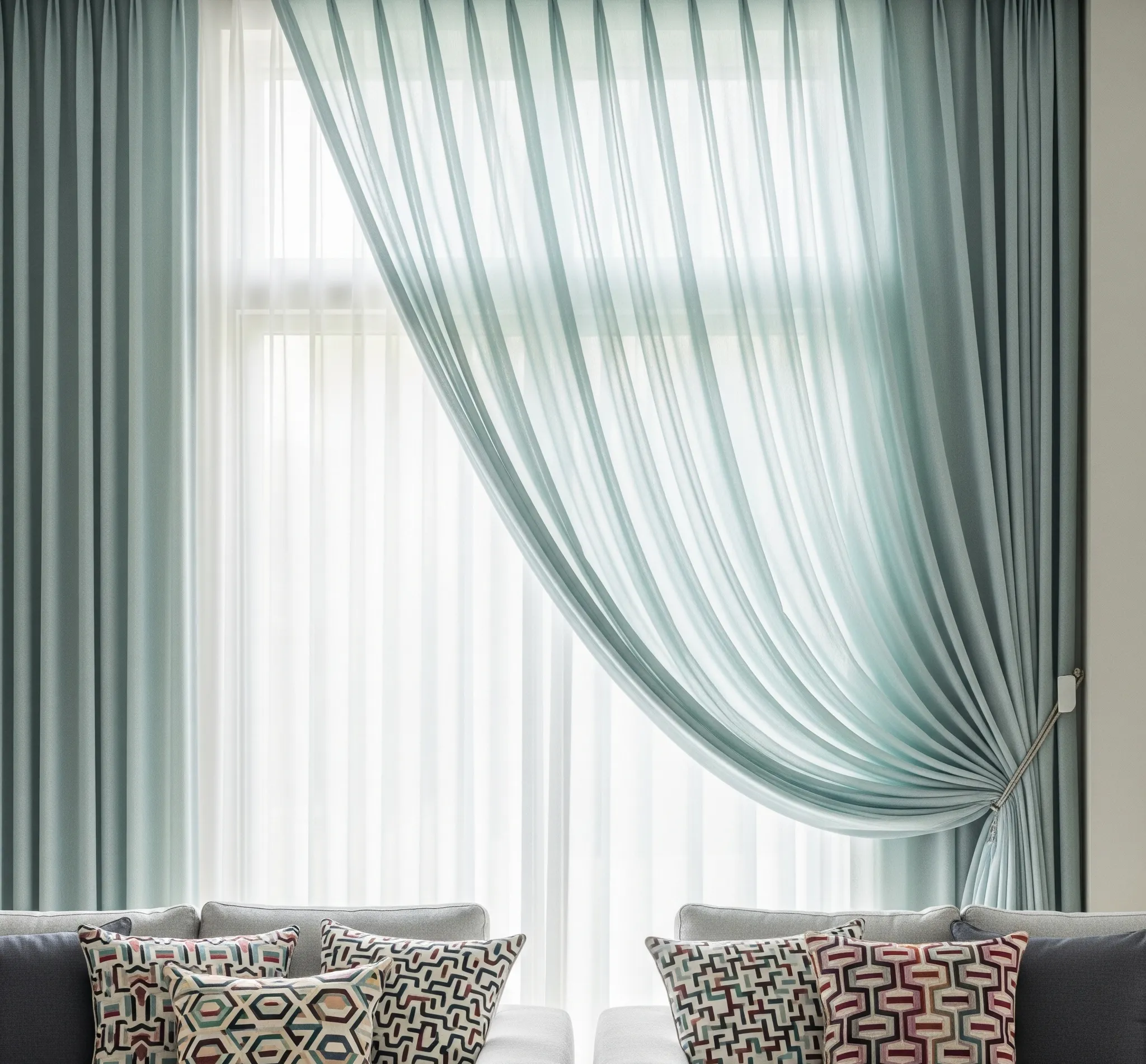Soap-making sounds intimidating until you realize you can skip the scary lye science and still whip up gorgeous bars that smell amazing. Melt-and-pour soap gets you from “huh?” to “heck yes” in under an hour, no chemistry degree required. You melt a ready-made base, mix in your favorite goodies, pour, and wait.
That’s it. Ready to make gifts your friends will actually use?
What You’ll Need (Minimal Fuss, Maximum Fun)
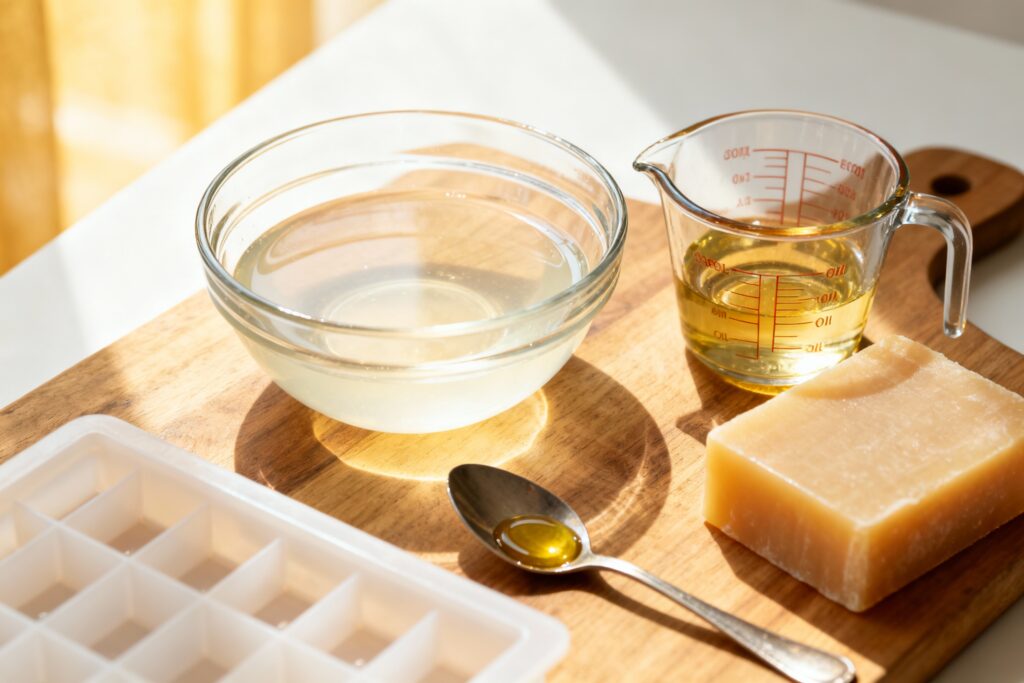
You only need a handful of basics to make professional-looking soap at home. IMO, grab the essentials first, then add the fancy stuff once you’re hooked.
- Melt-and-pour soap base (goat milk, shea butter, clear glycerin, aloe, charcoal)
- Fragrance (essential oils or skin-safe fragrance oils)
- Colorants (mica powders, liquid soap dyes; avoid food coloring—it bleeds)
- Add-ins (oatmeal, dried herbs, coffee grounds, clay, poppy seeds)
- Molds (silicone molds or cleaned yogurt cups—get creative)
- Microwave-safe jug or double boiler
- Isopropyl alcohol in a spray bottle (kills bubbles)
- Stir sticks/spatula, thermometer (optional), knife, cutting board
Pro tip: Pick a base that matches your vibe.
Clear base makes colors pop; goat milk feels creamy; shea butter screams spa day.
The Melt & Pour Method (Step-by-Step)
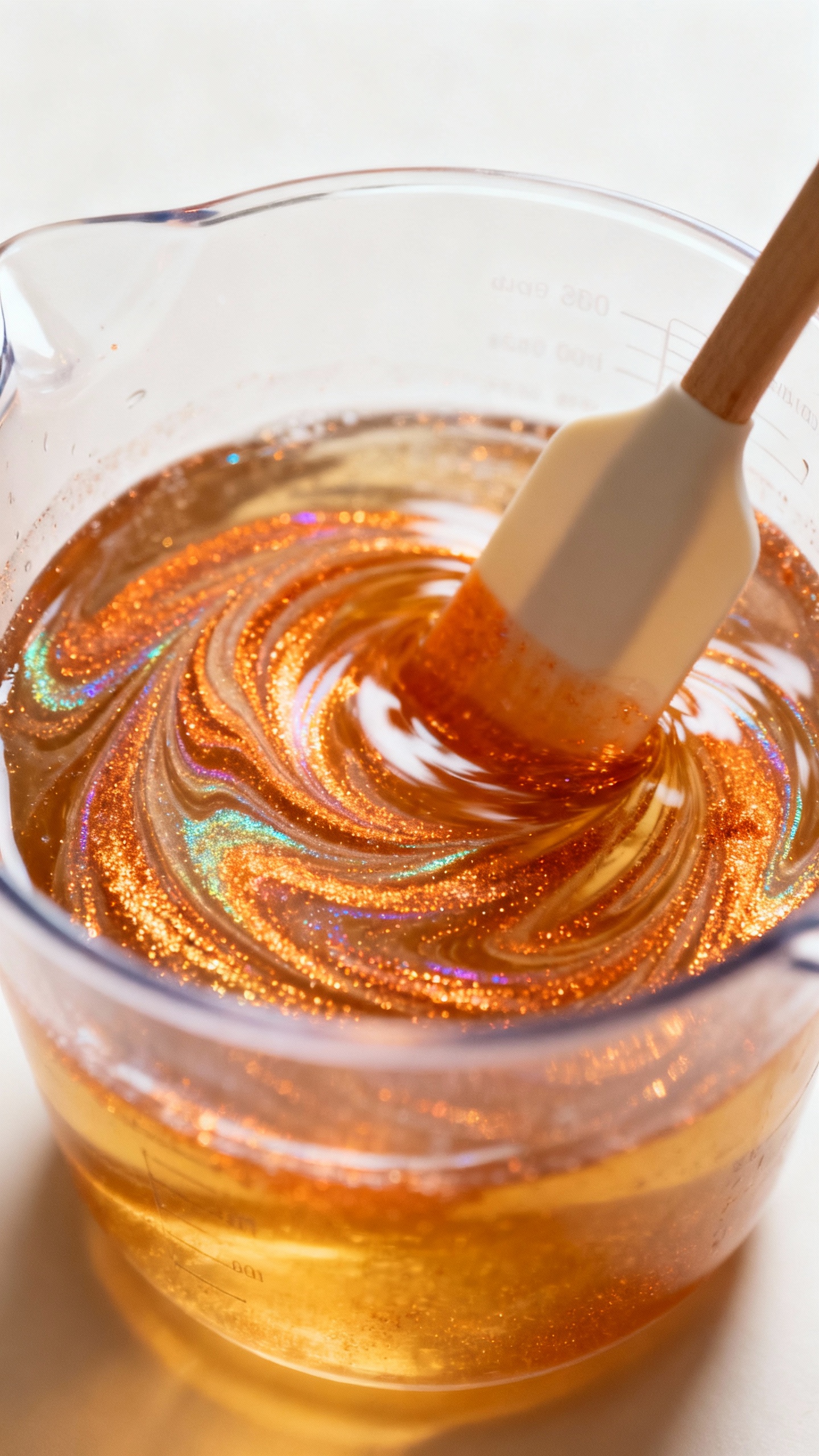
Follow this once and you’ll basically be the soap person in your friend group forever. FYI: one pound of base makes about four bars, depending on mold size.
- Chop the base. Cut it into small cubes for even melting.
- Melt gently. Microwave in 20–30 second bursts, stirring between, until smooth. Or use a double boiler over low heat.
Don’t boil it.
- Cool slightly. Let the melted base cool to around 125–135°F (warm, not scalding). Too hot = fragrance flash-off and sad nose.
- Add color and fragrance. Stir in colorants and oils slowly to avoid bubbles.
- Mix in extras. Oats, botanicals, exfoliants—use a light hand so your bar doesn’t feel like sandpaper.
- Pour into molds. Fill gently. Spritz the top with alcohol to pop surface bubbles.
- Let it set. Wait 2–4 hours at room temp, or pop in the fridge for 30–60 minutes if you’re impatient (not the freezer).
- Unmold and cure lightly. They’re technically ready right away, but letting them sit 24 hours firms them up nicely.
Rule of thumb: Stir slowly, pour calmly, and spray those bubbles like a boss.
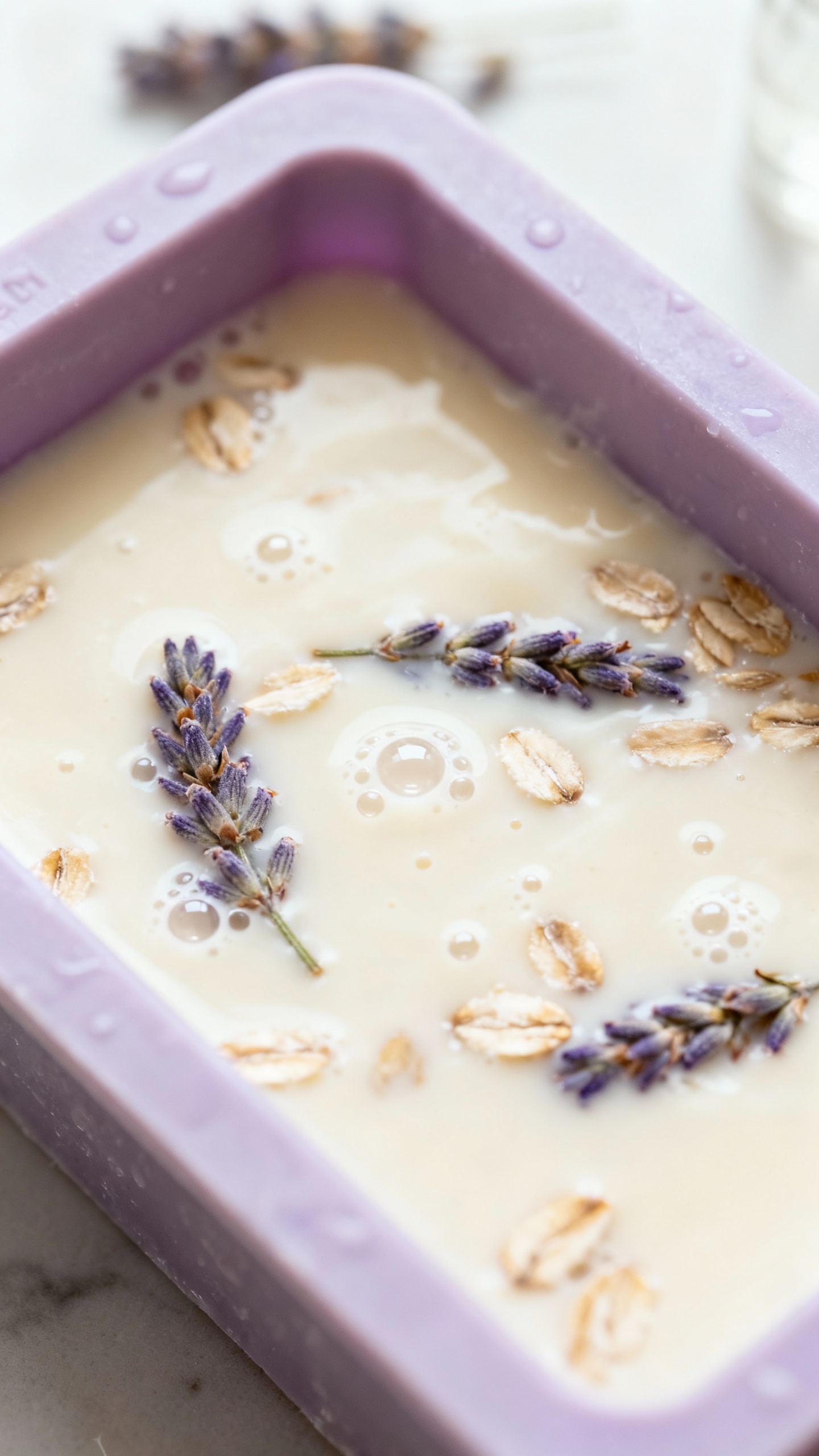
Fragrance & Color: Make It Pretty, Make It You
Here’s where your soap gets a personality.
Bold, fresh, cozy, spicy—go wild, but stay skin-safe.
How Much Fragrance To Use
- Essential oils: 0.5–1% by weight (about 2–4 g per pound of base)
- Fragrance oils: 1–3% by weight (about 4–12 g per pound)
Always check the supplier’s usage rates. Some scents smell strong in the bottle but wimp out in soap. Others?
A single drop and your whole kitchen smells like a pine forest.
Color That Won’t Bleed
- Micas: Vivid, stable, shimmery. Mix with a little glycerin or oil before adding to avoid clumps.
- Liquid soap dyes: Easy and predictable. Start with a drop or two.
- Natural colorants: Turmeric (gold), spirulina (green), activated charcoal (black/gray), pink clay (rose).
Keep it light to avoid staining washcloths.
Skip: Food coloring—bleeds and fades. Also, don’t toss in random kitchen extracts; they’re not formulated for soap.
Fun Add-Ins That Actually Work
Add texture, boost benefits, and make your bars feel fancy. Just remember: less is more.
- Oatmeal: Soothing and gentle exfoliation.
Use 1–2 teaspoons per pound.
- Poppy seeds or jojoba beads: Scrubby but cute. 1 teaspoon per pound.
- Clays (kaolin, pink, bentonite): Velvet feel and oil absorption. 1/2–1 teaspoon per pound, pre-mix with a little glycerin.
- Dried botanicals: Calendula stays pretty; lavender petals can brown. Use sparingly to avoid the “salad bar” look.
- Charcoal: Detox vibes. 1/2–1 teaspoon per pound, pre-wet to avoid clumps.
Note: Anything fresh (fruit puree, milk, honey) can spoil or sweat in melt-and-pour. Save those for cold-process soap.
Techniques That Make You Look Advanced
Want bars that look boutique-level without the stress?
Try these simple tricks.
Layered Bars
- Pour a thin layer, spritz with alcohol, let it skin over.
- Pour the next layer slightly cooler so it doesn’t melt the first.
- Repeat for stripes that would make a zebra jealous.
Swirls in Clear Bases
- Color a small portion and drizzle into the main base right before pouring.
- Use a chopstick to gently swirl in the mold. Stop before it turns muddy.
Embedded Shapes
- Make a batch in a contrasting color, let set, cut into cubes or use mini cutters.
- Place embeds in the mold, spritz with alcohol, then pour around them.
Remember: Alcohol spray helps layers and embeds stick. Forget it and your bar might split like a bad breakup.
Troubleshooting: Soap Drama, Solved
Things go wrong.
No big deal. Here’s how to fix the usual suspects.
- Sweating (glycerin dew): Wrap finished bars in plastic wrap or store in an airtight container. Happier in drier climates.
- Fragrance vanished: You poured too hot or used too little.
Let the base cool more next time; increase within safe usage.
- Bubbles trapped inside: Stir slower and pour gently. Spritz the surface immediately after pouring.
- Crumbly or rubbery texture: Overheated base. Melt low and slow; don’t boil.
- Layers separating: Spritz each layer with alcohol and pour the next layer while the previous is set but still tacky.
Simple Starter Recipes (No Overthinking Required)
These crowd-pleasers work every time.
Scale up or down as needed.
Calm AF Lavender Oat
- 1 lb goat milk base
- 1–2 tsp colloidal oatmeal or finely ground oats
- 4–8 g lavender essential oil
- Optional: tiny pinch of purple mica
Melt, cool slightly, add mica, stir in oats and lavender, pour, spritz, set. Soft, creamy, zen.
Citrus Sunshine
- 1 lb clear glycerin base
- 6–10 g citrus-safe fragrance oil (or a blend of orange, lemon, litsea)
- Yellow/orange mica for a sunny hue
Bright, uplifting, and perfect for morning showers. FYI, some citrus essential oils can irritate—stick to skin-safe rates.
Charcoal Tea Tree Detox
- 1 lb shea butter base
- 1 tsp activated charcoal (pre-wet)
- 3–5 g tea tree essential oil
Sleek black bars with that clean, crisp scent.
Great for gym bags and teenagers with Opinions.
Safety & Clean-Up (Yes, You Still Need This Part)
No lye here, but let’s keep it tidy and safe anyway.
- Low heat only. Overheating ruins texture and fragrance.
- Use skin-safe ingredients. Buy from soap suppliers, not the mystery bottle from 2012.
- Label your creations. Note scent, date, and ingredients (allergies happen).
- Clean tools while warm. Hot water melts residue; paper towels save your drain.
FAQ
Do I need lye to make melt-and-pour soap?
Nope. The manufacturer already saponified oils with lye to create the base. You just melt, add goodies, and pour.
No lye handling needed—best part for beginners, IMO.
How long do melt-and-pour soaps last?
About 6–12 months. Fragrance can fade over time, and glycerin bases may sweat in humidity. Store wrapped and away from direct sunlight to keep them fresh.
Can I use fresh ingredients like fruit or milk?
Skip it for melt-and-pour.
Fresh add-ins can spoil, discolor, or cause sweating. Use dried powders (like milk powder or freeze-dried fruit powders) if you want that vibe without the mess.
What if my soap base keeps forming a skin while I work?
It’s cooling too fast. Keep the container warm on a low double boiler, or reheat in short bursts.
Stir gently each time to prevent bubbles.
Are essential oils safer than fragrance oils?
Not automatically. Both can irritate skin if overused. Follow supplier usage rates, patch test, and avoid known sensitizers if you have reactive skin.
Why did my botanicals turn brown?
Many dried flowers oxidize in soap.
Calendula and cornflower hold color best; lavender and rose often brown. It’s cosmetic only, but plan your aesthetic accordingly.
Wrap-Up: You Just Made Real Soap
See? No cauldrons, no chaos—just melt, mix, and pour.
Start simple, take notes, and tweak your next batch like a soap scientist with better snacks. Before you know it, your bathroom will look like a boutique, and your friends will “just happen” to stop by for refills. Go make something sudsy and smugly satisfying.
